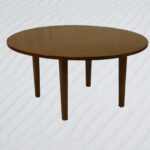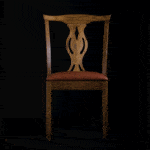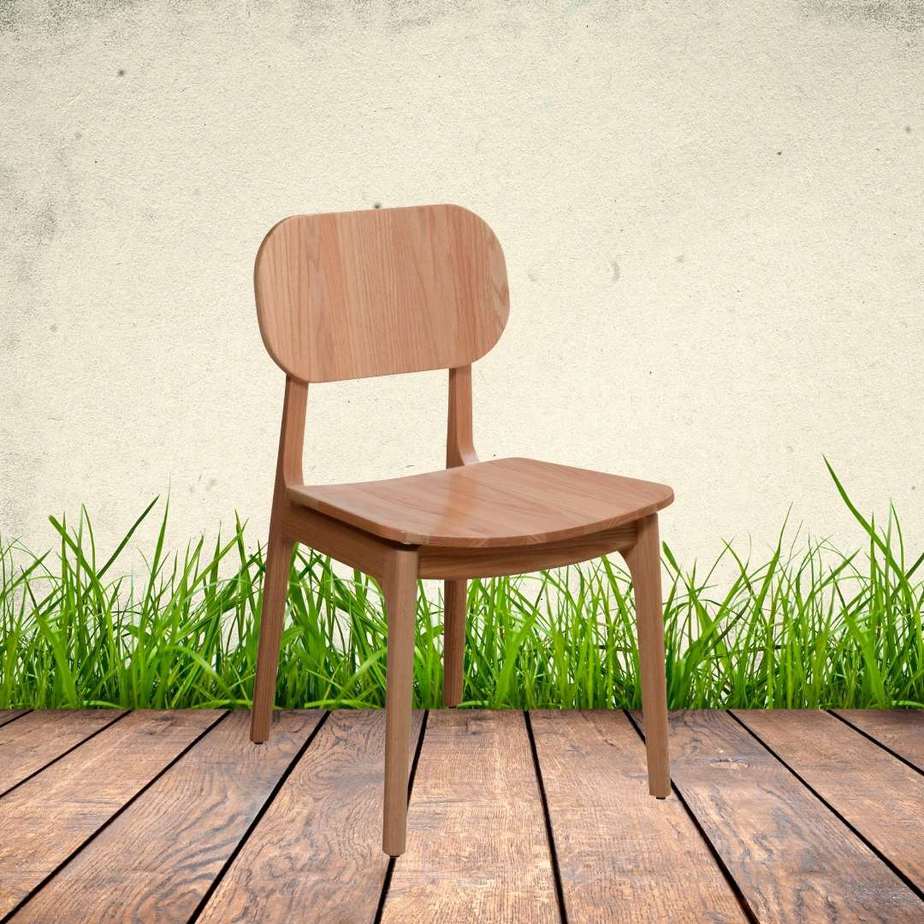As the furniture industry becomes more concerned with sustainability and exploring the impact of building materials on the environment, there is beginning to be similar interest in the impact of building materials on human well-being. But is there any evidence that wood furniture can have physiological health benefits?
There has been quite a bit of research done on the possible health benefits from interior wood use. Scientific studies have found that people associate indoor spaces containing wood products as being “warm,” “relaxing,” “homey,” and “natural.”
What is the appeal of interior wood?
As explored in another post, humans crave and flourish in natural settings, so that latter label is an important one. But studies have compared similarly natural materials, such as stone, to wood, and wood is still rated higher. Although it is perceived as closer to nature explains the preference for wood over materials like plastic and steel, it doesn’t fully explain why people are drawn to it and find it so comforting.
Why do people find interior wood relaxing?
Masuda found that the more wood a room contained, the warmer the impression from the study participants. Masuda further argued that because wood doesn’t reflect much UV light from its surface compared to other materials, people may experience less visual stimuli and be less fatigued to the eye.
Another study found that physically touching wood, when compared with artificial materials, caused no psychophysiological stress response. Similarly, a study focused on pulse rate and blood pressure reactions found that contact with wooden surfaces compared to artificial ones caused little effect on participants. Meanwhile, in that study, a stainless steel board noticeably increased pulse rate and blood pressure. In a scientific review of tactile wood studies, Nyrud found that in studies where the psychophysiological outcomes of touching wood were measured, it was universally observed that wooden surfaces did not provoke a stress response. What they call “non-natural materials” did, however, induce a negative reaction.
Do these benefits apply to wood furniture?
Since wood furniture is a wooden surface as researched in the studies above, all signs point to yes. Though those studies were just looking at interior wood and not specifically wood furniture, their findings provide some evidence that wood furniture can have physiological benefits for humans.
There have been few scientific studies just on the relationship between human health and wood furniture. One study from the ’90s asserts that buyers prefer wood furniture when compared with other raw materials, but there needs to be more research done on why specifically that is. There’s a lot to still be learned about the dynamic between humans and wood, especially wood furniture, though the preliminary indication of health benefits is promising. Some scientists even hope to use wood-derived stimulation as a type of therapy and stress reduction technique to improve immune function in the future.
As our daily life becomes increasingly urbanized and a large number of people spend most of their time indoors, exploring how to bring natural resources inside to sate that need for nature and promote mental and physical well-being is essential.
































